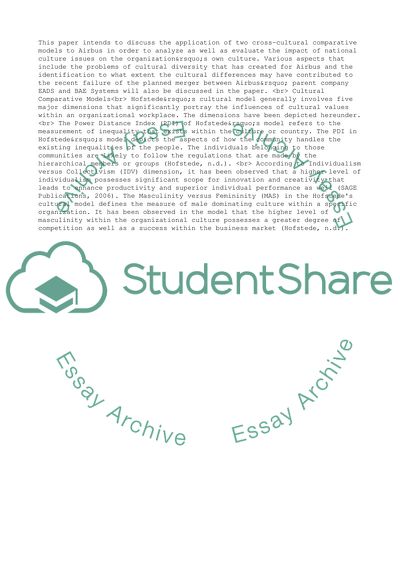Cite this document
(The Validity of Cultural Model at The Airbus Way Term Paper, n.d.)
The Validity of Cultural Model at The Airbus Way Term Paper. Retrieved from https://studentshare.org/management/1792239-the-airbus-way
The Validity of Cultural Model at The Airbus Way Term Paper. Retrieved from https://studentshare.org/management/1792239-the-airbus-way
(The Validity of Cultural Model at The Airbus Way Term Paper)
The Validity of Cultural Model at The Airbus Way Term Paper. https://studentshare.org/management/1792239-the-airbus-way.
The Validity of Cultural Model at The Airbus Way Term Paper. https://studentshare.org/management/1792239-the-airbus-way.
“The Validity of Cultural Model at The Airbus Way Term Paper”, n.d. https://studentshare.org/management/1792239-the-airbus-way.


